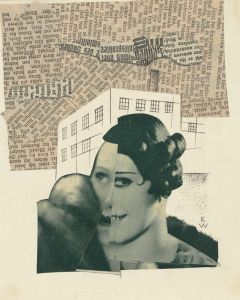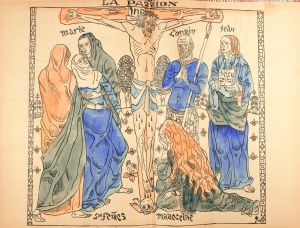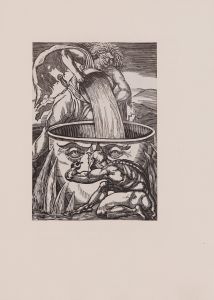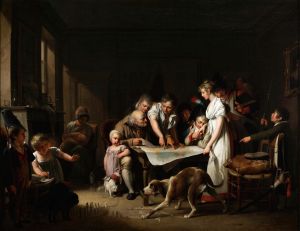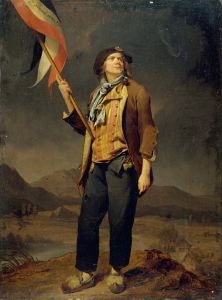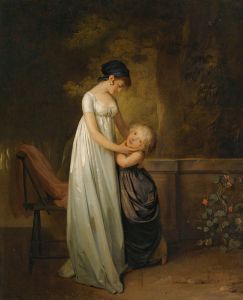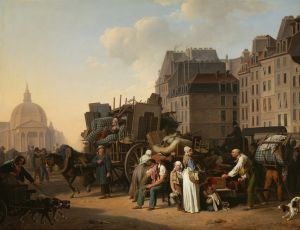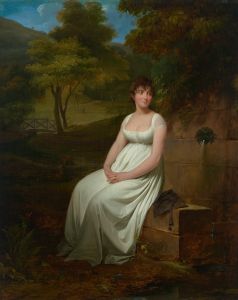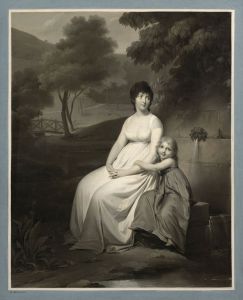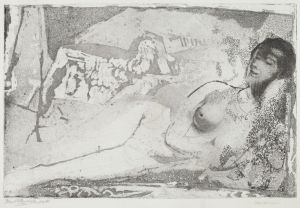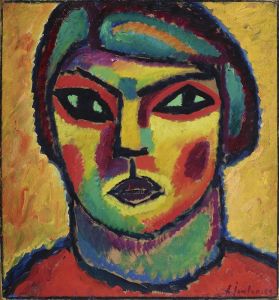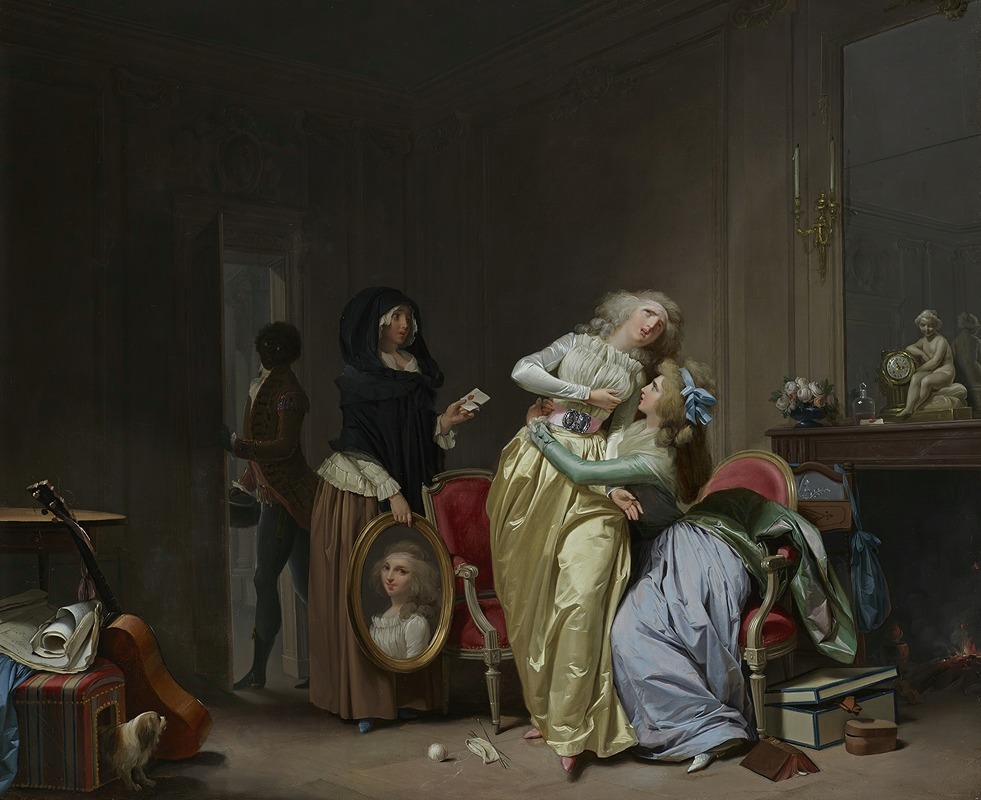
Les Malheurs de l’amour
A hand-painted replica of Louis Léopold Boilly’s masterpiece Les Malheurs de l’amour, meticulously crafted by professional artists to capture the true essence of the original. Each piece is created with museum-quality canvas and rare mineral pigments, carefully painted by experienced artists with delicate brushstrokes and rich, layered colors to perfectly recreate the texture of the original artwork. Unlike machine-printed reproductions, this hand-painted version brings the painting to life, infused with the artist’s emotions and skill in every stroke. Whether for personal collection or home decoration, it instantly elevates the artistic atmosphere of any space.
Louis Léopold Boilly was a French painter and draftsman known for his detailed and often humorous depictions of Parisian life during the late 18th and early 19th centuries. One of his works, "Les Malheurs de l’amour," captures the essence of his style and thematic interests. Although specific details about this particular painting are limited, Boilly's broader body of work provides context for understanding its significance.
Boilly was born in 1761 in La Bassée, France, and he began his artistic career at a young age. He moved to Paris in 1785, where he became well-known for his genre scenes, portraits, and trompe-l'œil paintings. His works often depicted the bustling life of Paris, capturing the nuances of social interactions and the vibrancy of urban existence. Boilly's keen observation skills and ability to render intricate details made his paintings both engaging and insightful.
"Les Malheurs de l’amour," which translates to "The Misfortunes of Love," likely explores themes related to romantic entanglements, a subject that Boilly frequently addressed in his art. His paintings often contained elements of satire and social commentary, reflecting the complexities of human relationships and the societal norms of his time. Boilly had a talent for portraying the subtleties of expression and gesture, which allowed him to convey the emotional states of his subjects effectively.
During his career, Boilly navigated significant political and social changes in France, including the French Revolution and the rise of Napoleon Bonaparte. Despite these tumultuous times, he managed to maintain a successful career, adapting his style and subjects to the changing tastes of his audience. His ability to capture the spirit of his era with both humor and sensitivity made him a popular and enduring figure in the art world.
Boilly's work is characterized by its meticulous attention to detail and its ability to tell a story through imagery. He was a master of composition, often arranging his figures in dynamic and engaging ways that drew viewers into the scene. His use of light and shadow added depth and dimension to his paintings, enhancing their realism and emotional impact.
While specific information about "Les Malheurs de l’amour" is scarce, it is likely that the painting exemplifies Boilly's skill in capturing the intricacies of human emotion and interaction. His works often featured a range of characters, from the bourgeoisie to the working class, highlighting the diversity of Parisian society. Through his art, Boilly offered a window into the everyday lives of people during a period of significant change and upheaval.
Today, Boilly's paintings are celebrated for their historical and artistic value, providing insight into the culture and society of his time. His ability to blend humor with poignant social observation ensures that his work remains relevant and appreciated by contemporary audiences. Although "Les Malheurs de l’amour" may not be as widely recognized as some of his other pieces, it undoubtedly reflects the qualities that have made Boilly an enduring figure in the history of art.





